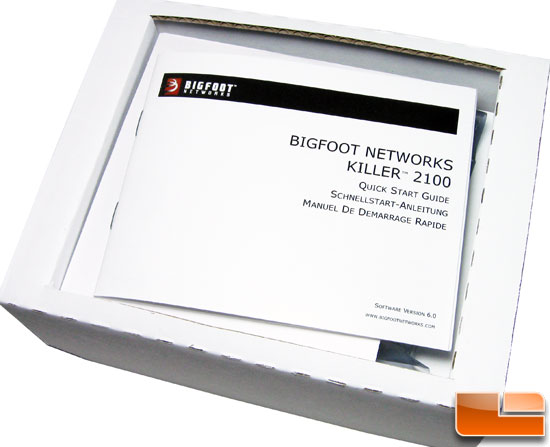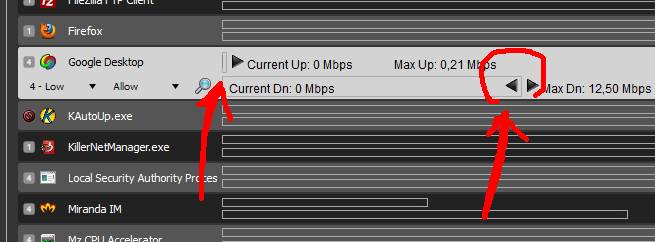
IEEE Compatibility 802.3, 802.3u, 802.3x, 802.3z, 802.3ac, 802.3abįile Transfer Test KitAMD Phenom II X2 550 at 3.7GHz with 4 cores enabled, Asus Crosshair IV Formula with Marvell 8059 Gigabit Ethernet adaptor, 4GB Corsair 1600MHz DDR3, Corsair X128 SSD, ATI Radeon 5870, Netgear Prosafe GS105 gigabit switch.  Integrated memory 128MB PC2100 266MHz DDR. Data rates 10/100/1000 Broadcom Gigabit Ethernet. This makes it challenging to run reliable and repeatable tests but in the end we settled on a number of theoretical tests on a private network complimented by a group of real-world gaming tests. Unfortunately for Bigfoot, it also serves to illustrate the small percentage of online latency that the local system contributes, which, in this case, is represented by the dark blue portion of the graph. Its shows that the overall latency experienced in a game is a combination of many factors including voice chat protocols, other players and of course the local player (you). There's also a comprehensive information panel to which shows things such as CPU usage, NPU load and total network usage.Ĭlick to enlargeThe picture to the right shows the net_graph 3 output from our Team Fortress 2 gaming and it does a good job of illustrating the complex nature of online ping. The software allows individual applications to be ranked in order of priority you can also manually adjust how much of the available bandwidth each application is allowed to use. It's a purely cosmetic addition but its feels sturdy and looks attractive.īigfoot has also overhauled the software the Killer 2100 ships with, which is simple to install and friendly to use. The Killer 2100 also comes with a black vented shroud that the Xeno Pro lacked.
Integrated memory 128MB PC2100 266MHz DDR. Data rates 10/100/1000 Broadcom Gigabit Ethernet. This makes it challenging to run reliable and repeatable tests but in the end we settled on a number of theoretical tests on a private network complimented by a group of real-world gaming tests. Unfortunately for Bigfoot, it also serves to illustrate the small percentage of online latency that the local system contributes, which, in this case, is represented by the dark blue portion of the graph. Its shows that the overall latency experienced in a game is a combination of many factors including voice chat protocols, other players and of course the local player (you). There's also a comprehensive information panel to which shows things such as CPU usage, NPU load and total network usage.Ĭlick to enlargeThe picture to the right shows the net_graph 3 output from our Team Fortress 2 gaming and it does a good job of illustrating the complex nature of online ping. The software allows individual applications to be ranked in order of priority you can also manually adjust how much of the available bandwidth each application is allowed to use. It's a purely cosmetic addition but its feels sturdy and looks attractive.īigfoot has also overhauled the software the Killer 2100 ships with, which is simple to install and friendly to use. The Killer 2100 also comes with a black vented shroud that the Xeno Pro lacked. 
The card connects to your PC through a 1x PCI-E slot and supports 10/100/1000Mbps connections.

To achieve this the Killer 2100 comes armed with a 400MHz Network Processing Unit (NPU) and 128MB of 266MHz DDR memory. The Killer 2100 does this by essentially being a computer on a card that runs a dedicated Linux install to shuffle data between your computer and your network. This, Bigfoot claims, allows for lower pings and consistently high frame rates in games as the Windows networking stack isn’t optimised for gaming network traffic.

The Killer 2100 works by bypassing the Windows networking stack that any other network controller (including the on-board one of your motherboard) uses.








 0 kommentar(er)
0 kommentar(er)
